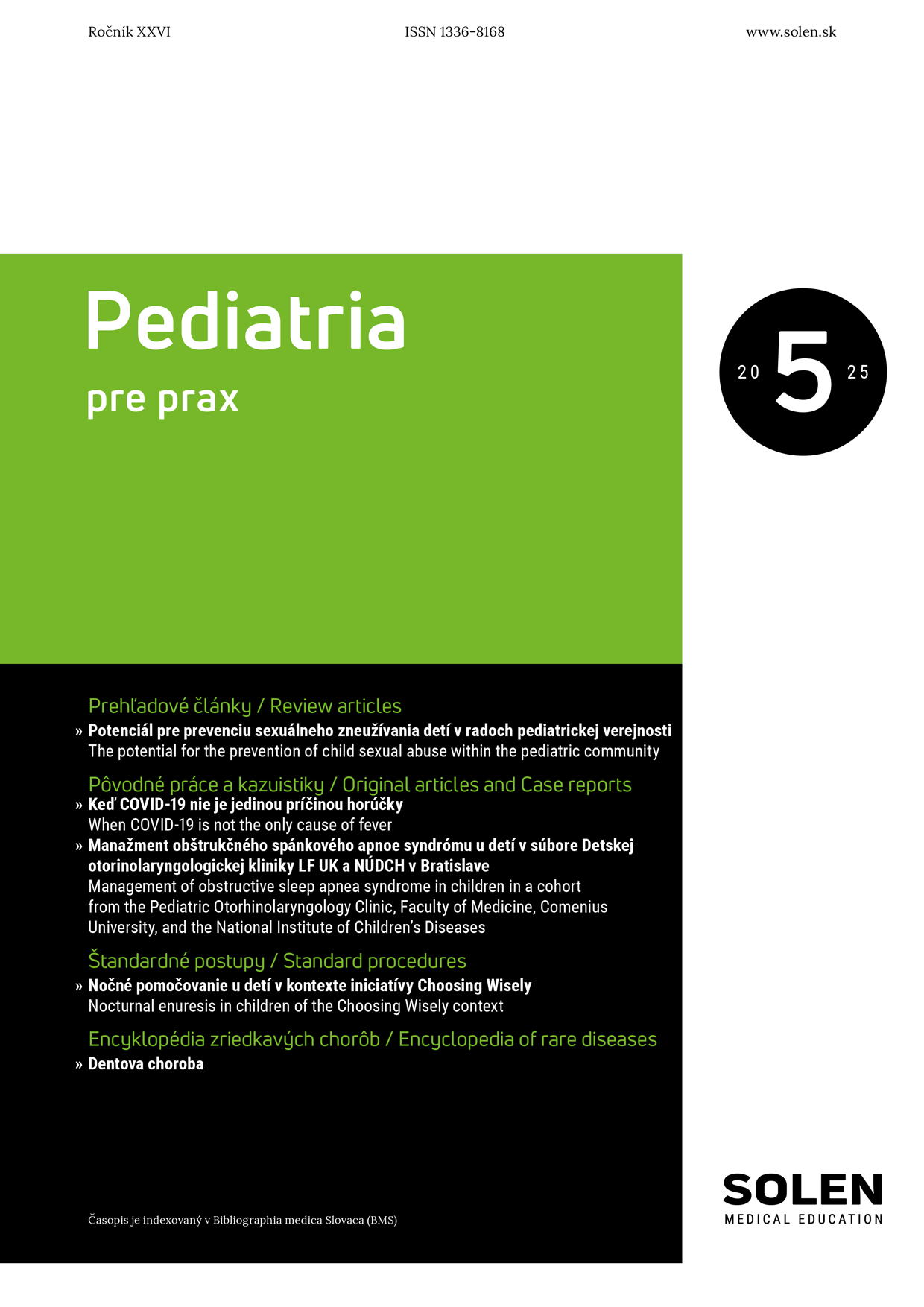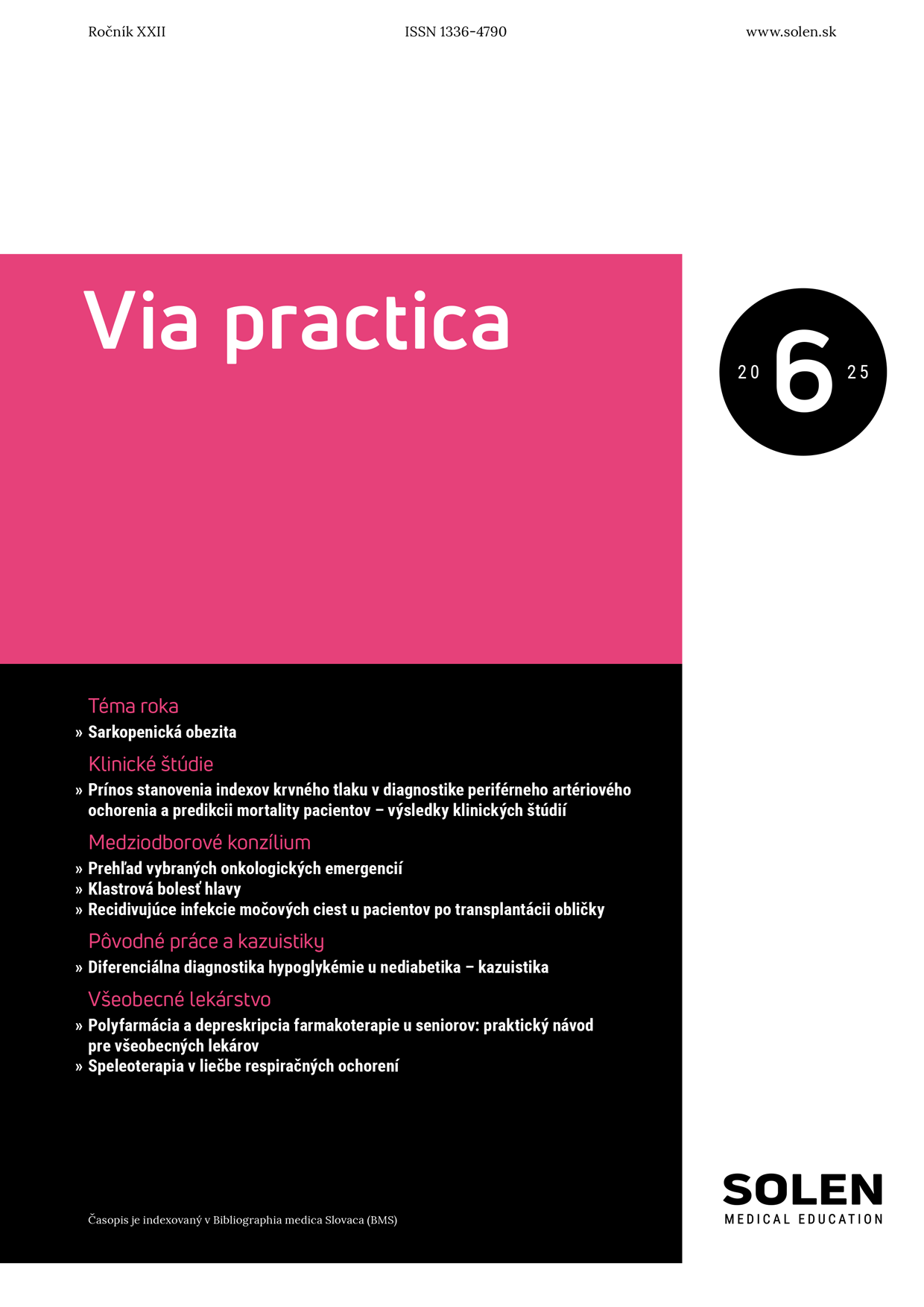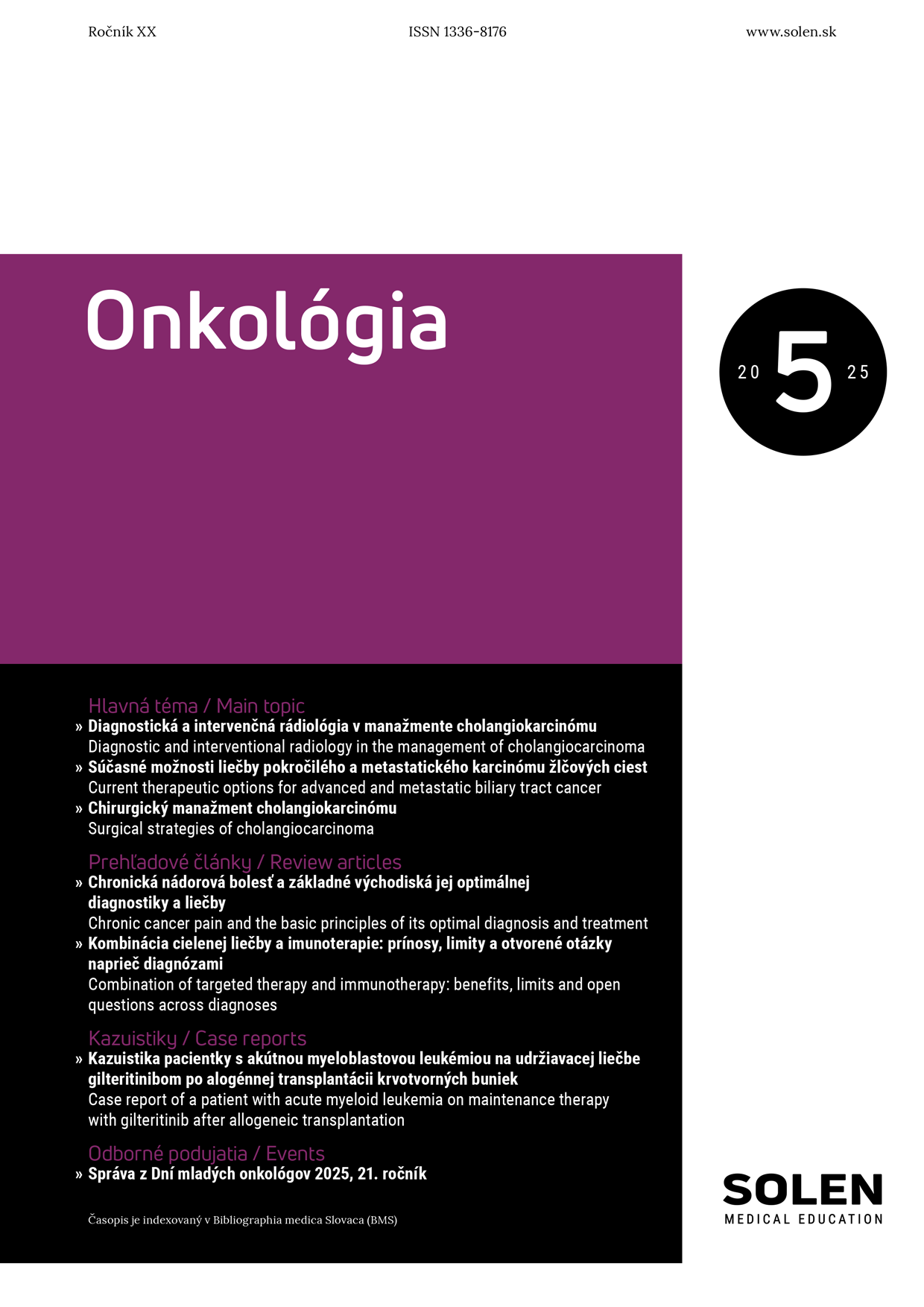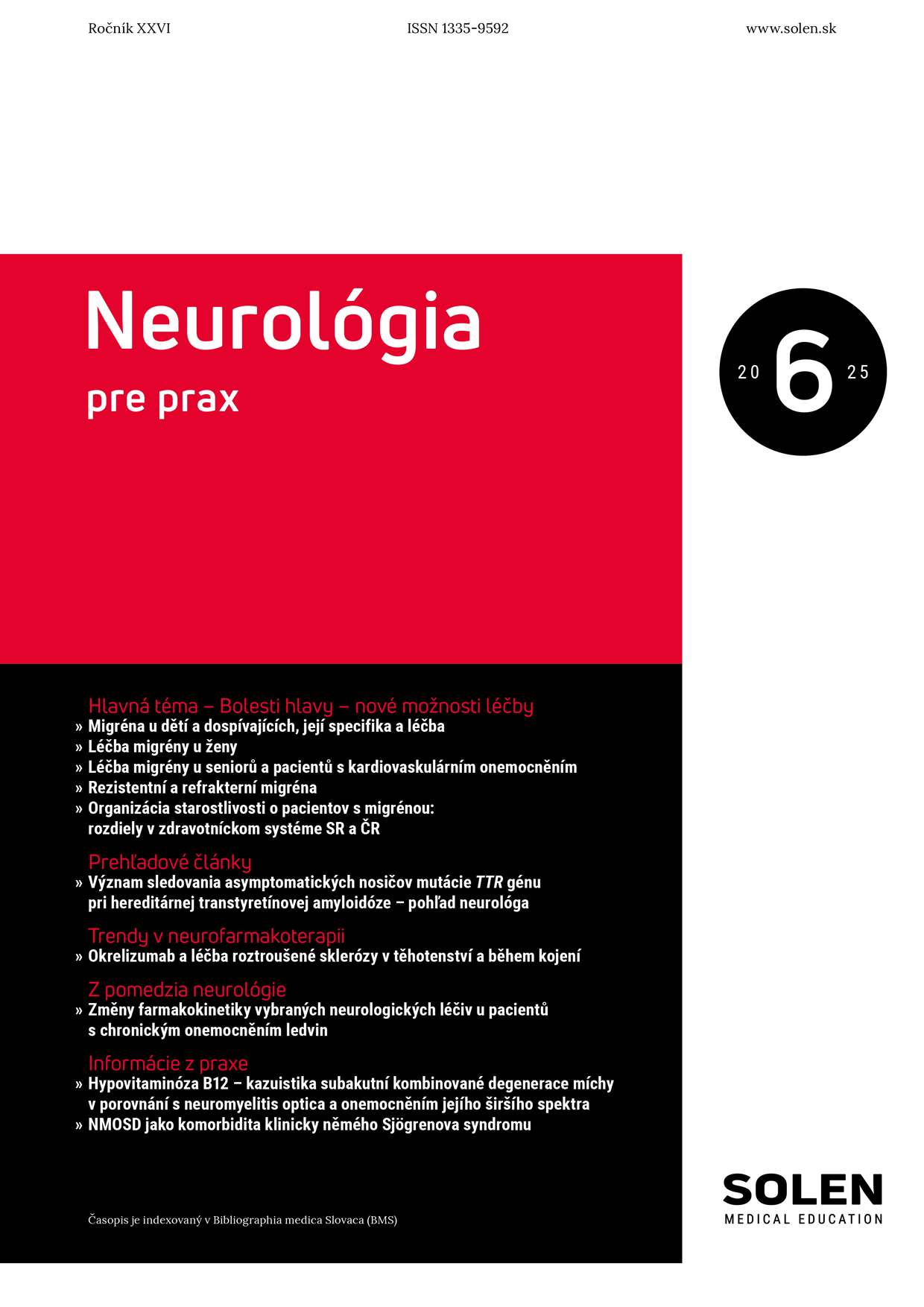Anestéziológia a intenzívna medicína 2/2021
Albumin – more than a plasma expander
Human serum albumin (HSA) is the most abundant circulating plasma protein, accounts for about 80% of the plasma colloid osmotic pressure. Besides plasma expanding function, albumin is provided with many other physiological properties. Albumin is more than a simple volume expander. HSA has many other physiological functions, unrelated to oncotic properties supporting its pleiotropic activity. These functions are binding and transport of many endogenous and exogenous substances, antioxidant function, scavenger function, immunomodulation, anti-inflammatory activity, and endothelium stabilization. Some of these properties have the potential for future indications. Albumin concentration is diminished in patients with liver failure. In cirrhosis is hypoalbuminemia caused by lower synthesis, dilution, and extravasation. Liver cirrhosis is associated with significant structural and functional modification of the molecule of the albumin. This abnormality markedly affects its biological activity. Alteration in the functional capacity of albumin in patients with liver dysfunction is associated with increased mortality. Treatment of hepatorenal syndrome or prevention of renal failure in spontaneous bacterial peritonitis and post paracentesis circulatory dysfunction after large volume paracentesis represents the major evidence-based clinical indications for albumin administration in hepatology. New research in the field of albumin biology in liver failure has opened new potential indications for albumin use. The ultimate goal of albumin administration is not a target albumin concentration but an effective albumin concentration. Albumin plays a key role in the critically ill patient acting as a prognostic marker and as a therapy. Serum albumin is predictive of 30-day mortality in emergency medical patients. Albumin administration may improve organ function in hypoalbuminemia critically ill patients. The use of albumin for resuscitation of patients with sepsis was associated with a reduction in mortality.
Keywords: human serum albumin, effective albumin concentration, liver cirrhosis, sepsis

















